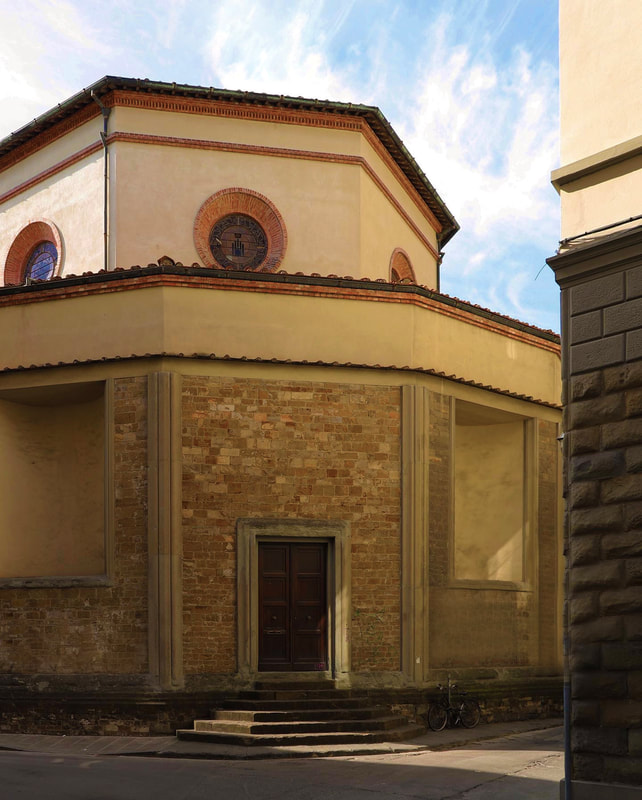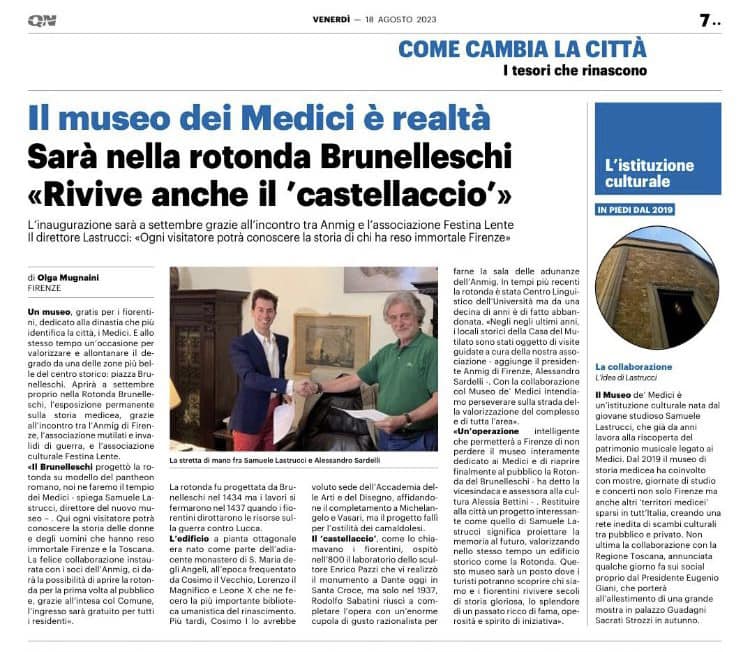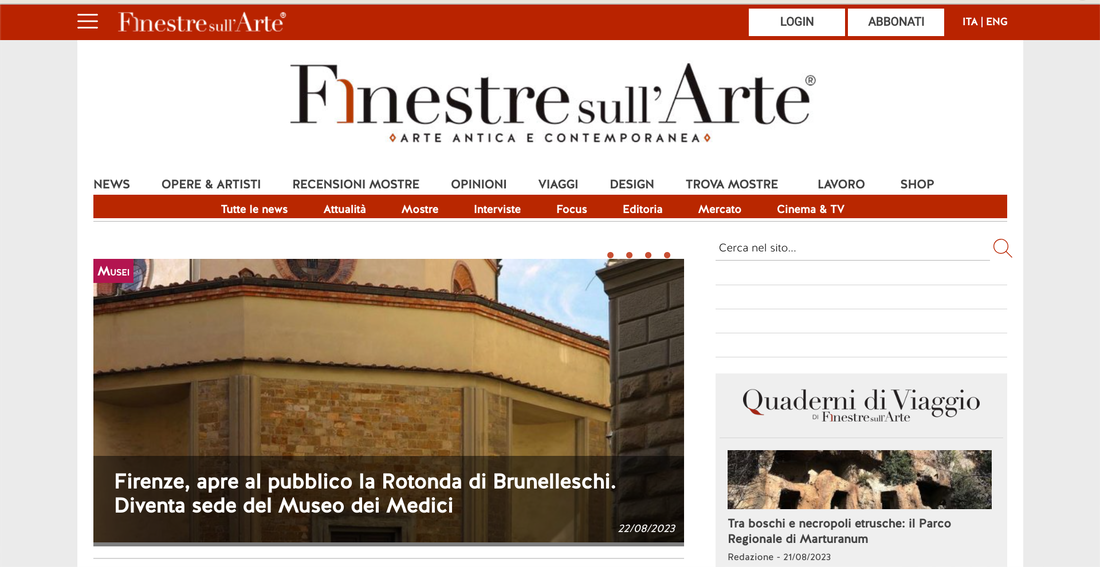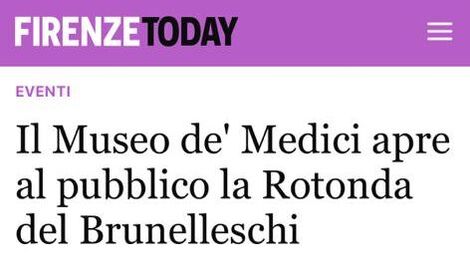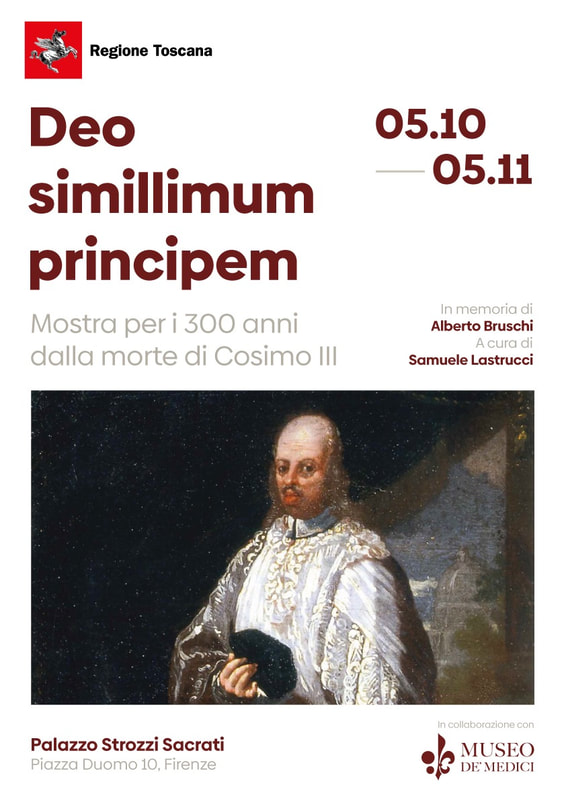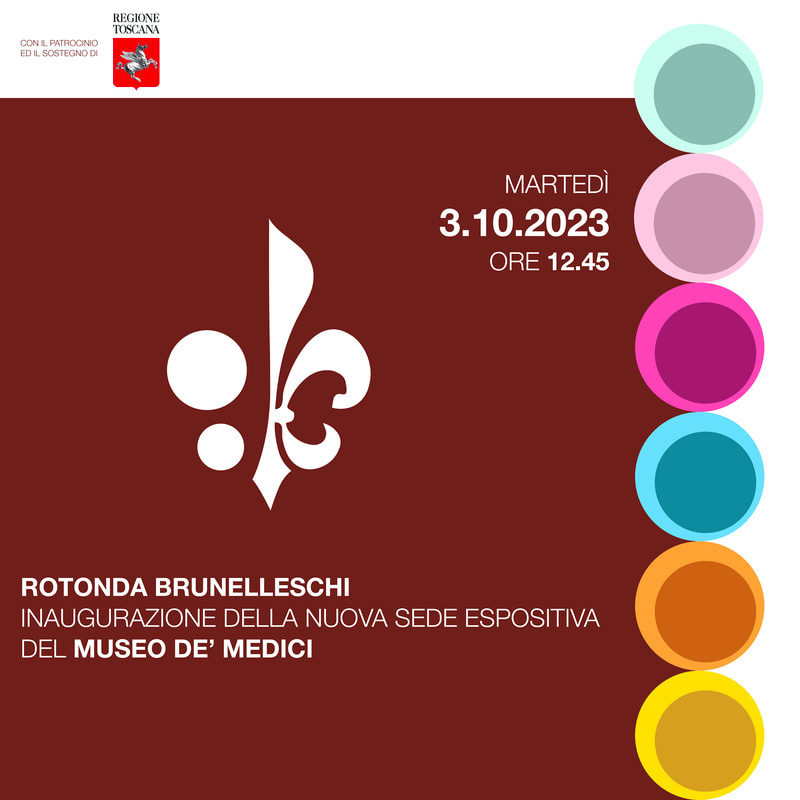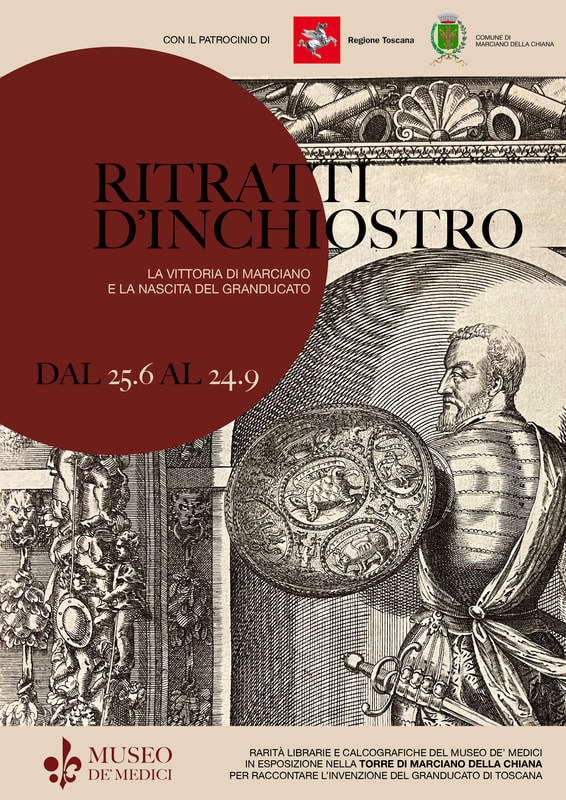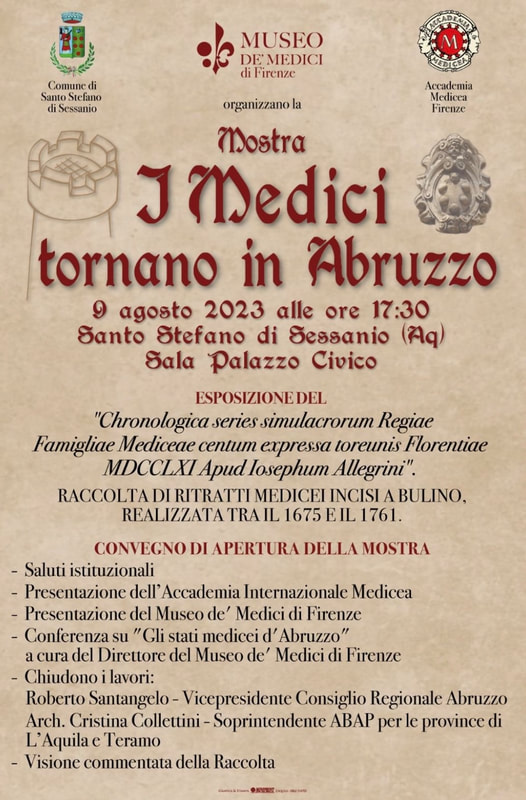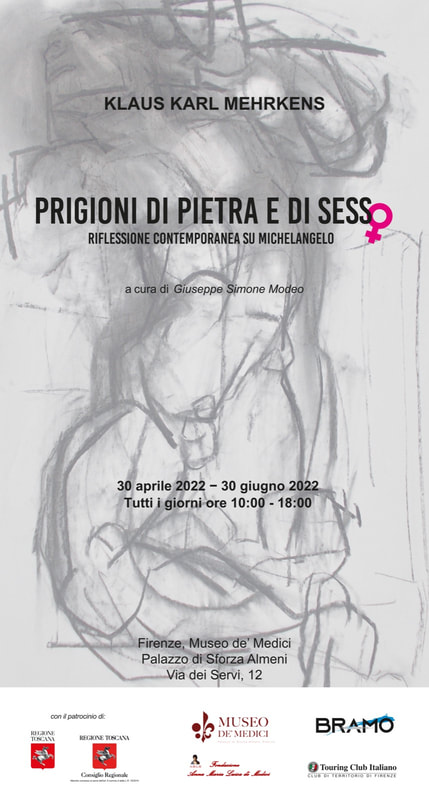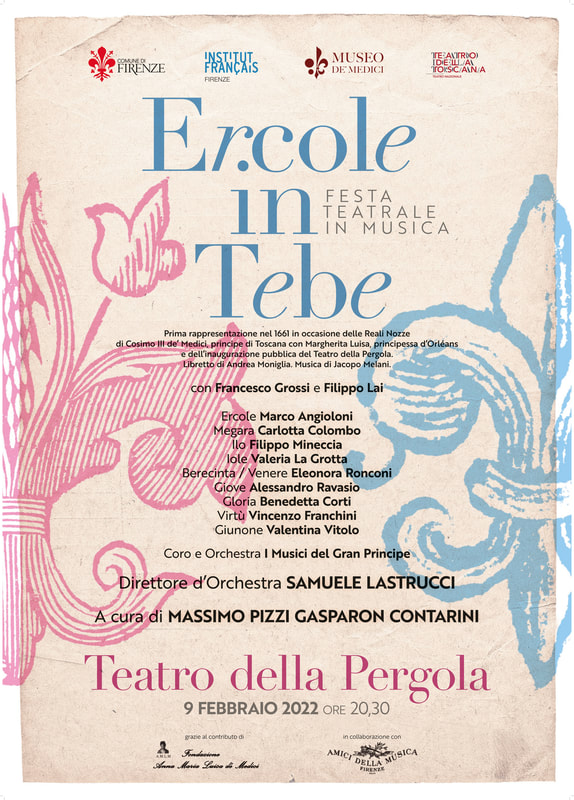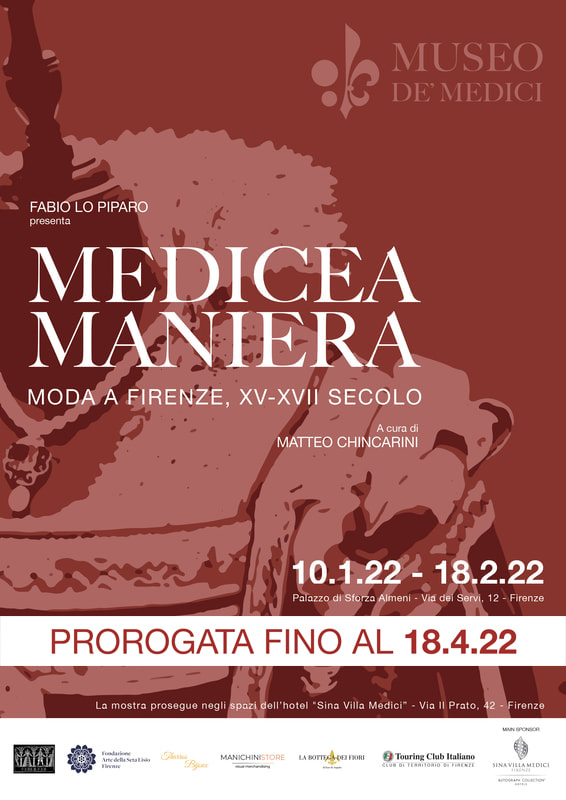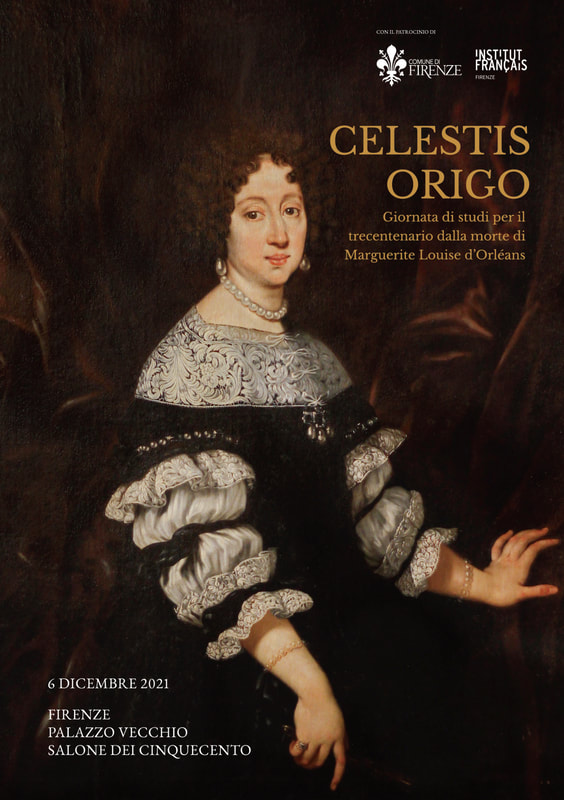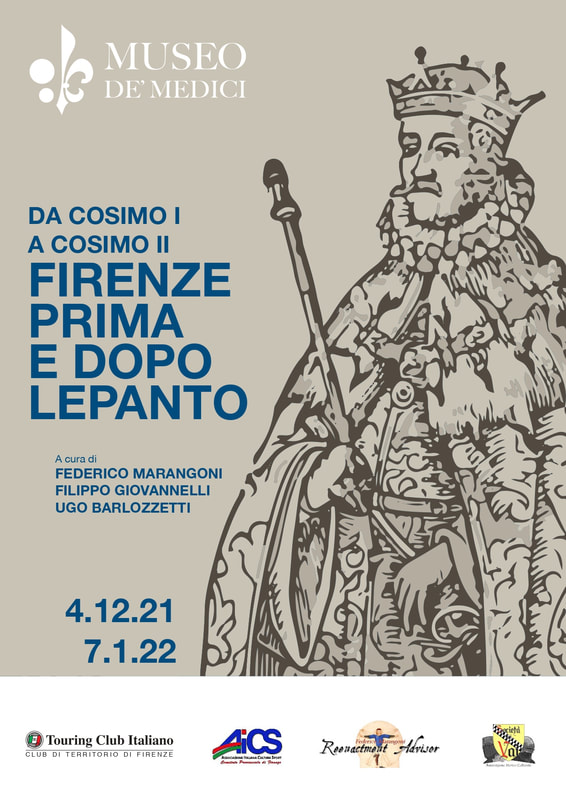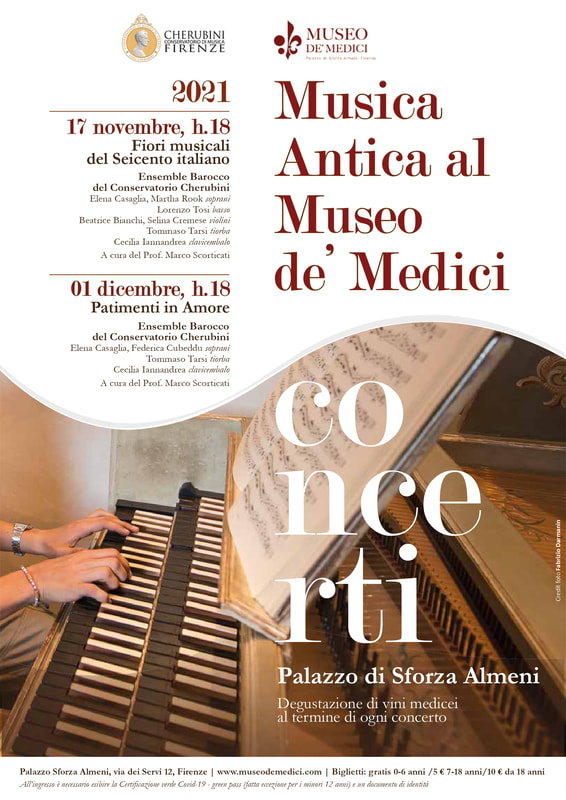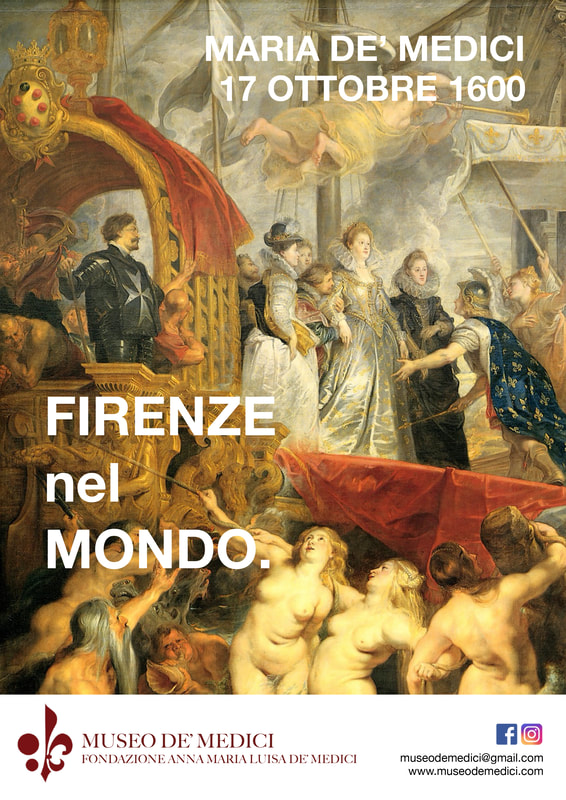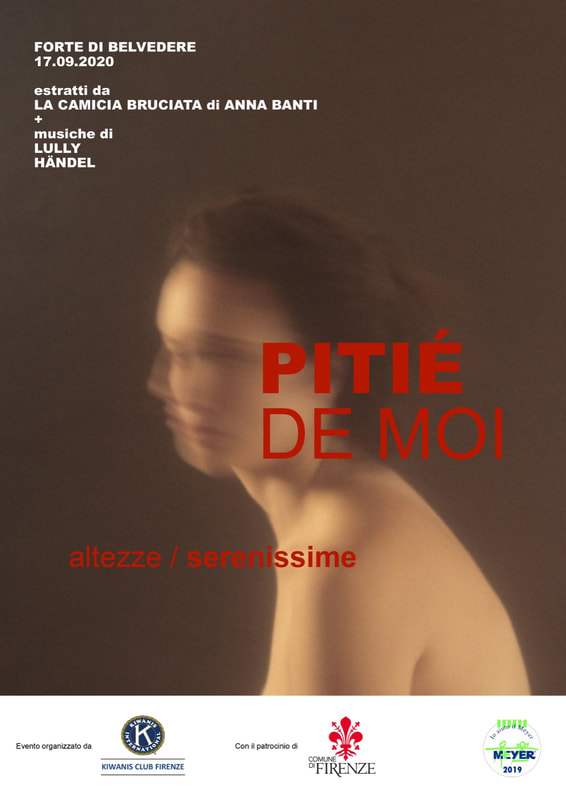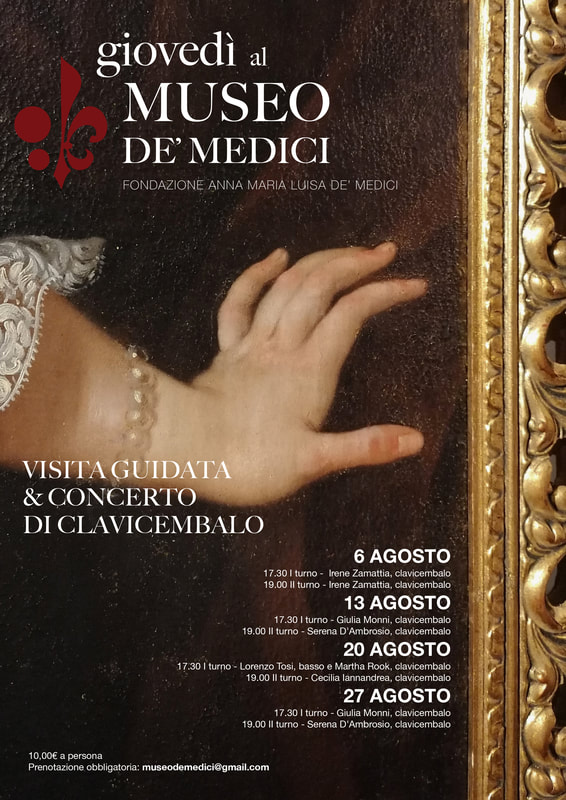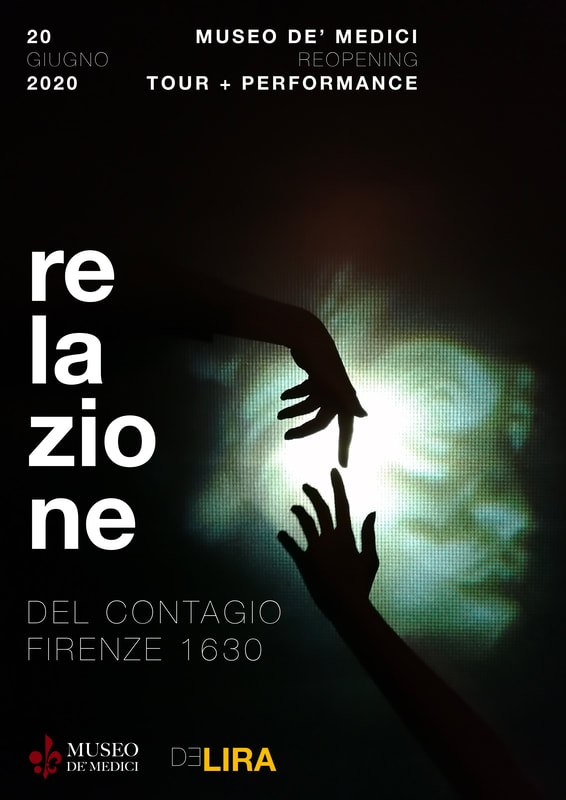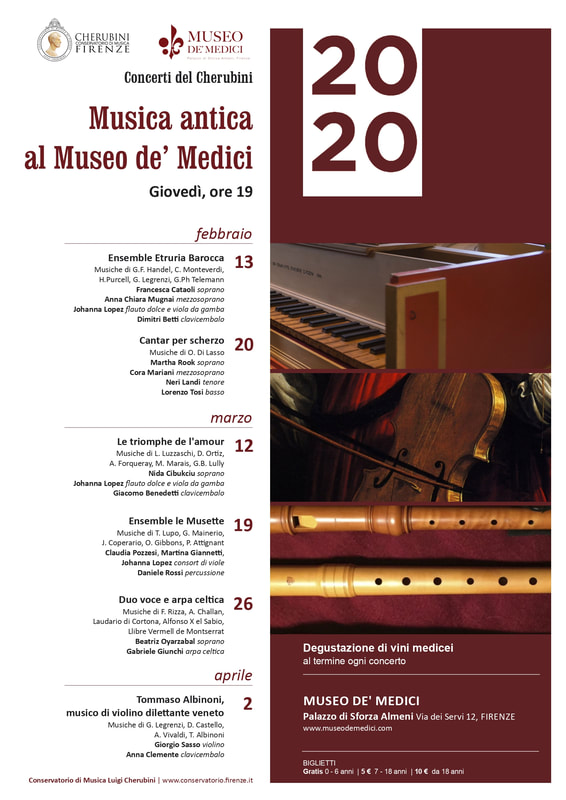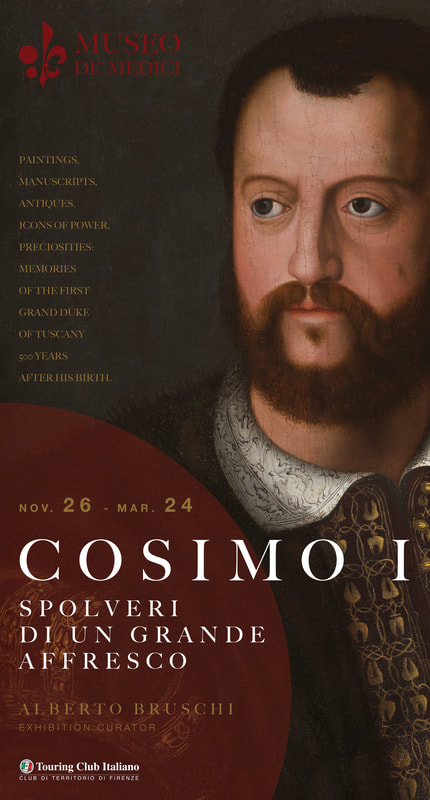|
Il museo di storia medicea è un'organizzazione no-profit che collabora con le più importanti istituzioni culturali italiane e fiorentine per preservare la memoria della dinastia che ha reso grande Firenze e la Toscana.
The Medici History Museum is a non-profit organization that collaborates with the most important Italian and Florentine cultural institutions to preserve the memory of the dynasty that made Florence and Tuscany great. |
Peculiarità del museo è quella di esporre opere d'arte e documenti originali legati provenienti da collezioni private e quindi altrimenti invisibili al pubblico.
The museum's peculiarity is to exhibit original works of art and related documents coming from private collections and therefore otherwise invisible to the public. |
I grandi musei della città mostrano i luoghi in cui vissero i Medici e le opere d'arte che collezionarono. Il nostro museo racconta chi furono queste donne e uomini straordinari.
The city's great museums showcase the places where the Medici lived and the works of art they collected. Our museum tells the story of these extraordinary men and women. |
Il museo è un luogo di conservazione e di ricerca, uno spazio dinamico destinato ad ospitare e organizzare eventi ed esposizioni temporanee in collaborazione con i più importanti enti culturali pubblici e privati.
The museum is a place of conservation and research, a dynamic space intended to host and organize events and temporary exhibitions in collaboration with the most important public and private cultural institutions. |
La sede del museo è uno dei monumenti più significativi della città. Si tratta di una costruzione progettata e iniziata da Filippo Brunelleschi nel 1432, poi interrotta nel 1437 e rimasta incompiuta per cinquecento anni. La "Rotonda Brunelleschi" è il primo edificio a pianta centrale dell'intero Rinascimento e, in origine, faceva parte del monastero di Santa Maria degli Angeli, la biblioteca umanistica più importante del mondo, frequentata da Cosimo il Vecchio, Lorenzo il Magnifico e Leone X. Nel Cinquecento Cosimo I avrebbe voluto completarlo per farci la prima sede dell'Accademia delle Arti e del Disegno, nell'Ottocento ospitò il laboratorio di Enrico Pazzi che scolpì qui la statua di Dante oggi in piazza Santa Croce. Inaugurata dal Re d'Italia nel 1937, la Rotonda ha ospitato fino a vent'anni fa l'Università degli Studi di Firenze. Oggi questo luogo straordinario viene restituito al pubblico e ai fiorentini nella nuova veste di museo di storia medicea.
The museum headquarters is one of the most important monuments in the city. It is a construction designed and begun by Filippo Brunelleschi in 1432, then interrupted in 1437 and remained unfinished for five hundred years. The "Rotonda Brunelleschi" is the first building with a central plan of the entire Renaissance and, originally, it was part of the monastery of Santa Maria degli Angeli, the most important humanistic library in the world, frequented by Cosimo the Elder, Lorenzo the Magnificent and Leone X. In the sixteenth century Cosimo I would have liked to complete it to make us the first home of the Academy of Arts and Drawing, in the nineteenth century he hosted the laboratory of Enrico Pazzi Enrico Pazzi who sculpted the statue of Dante here today in Piazza Santa Croce. Inaugurated by the King of Italy in 1937, the Rotonda hosted the University of Florence until twenty years ago. Today this extraordinary place is returned to the public and Florentines in the new guise of a museum of Medici history.







